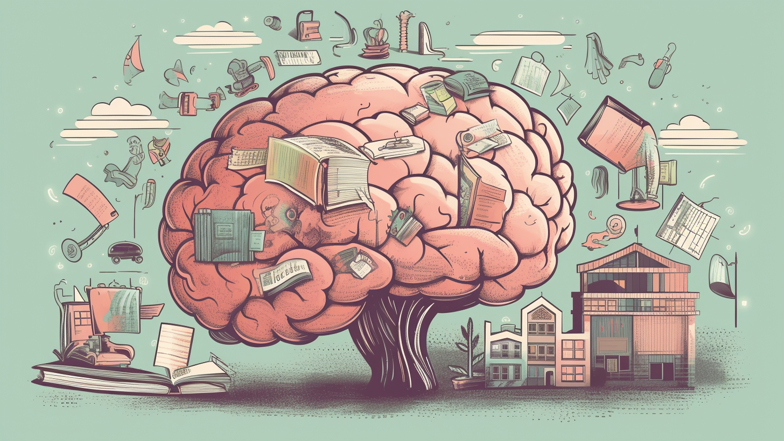
The Role of Emotions in Memory Retention
One of the most fascinating discoveries in neuroscience is the crucial role that emotions play in memory retention. Studies have shown that when we experience strong emotions, our brain is better able to remember the information we're processing. This is because strong emotions trigger the release of neurotransmitters such as adrenaline and dopamine, which enhance our ability to focus and remember.
Educators are using this knowledge to create more engaging and emotionally immersive learning experiences. For example, games and simulations that include challenging scenarios and decision-making can help students to feel a sense of agency and ownership in their learning, leading to higher levels of engagement and retention. Additionally, by incorporating emotionally charged content into lessons, such as stories that elicit empathy or encourage critical thinking, teachers can create a more positive emotional response that enhances memory and learning.
Individual Learning Styles
Another critical area of research in neuroscience has been the identification of different learning styles. Researchers have found that everyone has a unique way of processing information, and that being taught in alignment with one's preferred learning style can lead to better outcomes. For example, some people are more visual learners, while others may learn better through auditory or tactile experiences.
Educators are embracing this research by intentionally designing lessons that cater to a variety of learning styles. This can include incorporating visual aids, using hands-on activities, or providing audio recordings of lectures. By doing this, teachers can reach a broader range of students and help them to retain information more effectively. Furthermore, by empowering students to identify their learning style and creating opportunities for them to engage with learning according to their individual preferences, teachers are fostering a sense of ownership and empowerment in students that can enhance overall learning outcomes.
The Power of Brain-Based Instruction
Recent advancements in neuroscience have also led to the development of brain-based instruction, an approach to teaching that takes into account how the brain learns best. Brain-based instruction is grounded in the understanding that the brain is a complex system that requires engagement of multiple areas in order to process information effectively. Therefore, this model of instruction involves creating a learning environment that stimulates different areas of the brain simultaneously, such as incorporating visuals, storytelling, movement, and other modalities.
Brain-based instruction represents a significant shift from traditional approaches to teaching and has been shown to lead to improved student engagement and retention. Researchers have found that students who are taught using brain-based methods are more likely to achieve higher test scores, develop critical thinking skills, and retain information for longer periods of time. Moreover, brain-based instruction can help to improve overall student motivation and enthusiasm for learning.
The Neuroscience of Learning Disabilities
While much of the research in neuroscience and education has focused on improving overall learning outcomes, there has also been significant progress in understanding how the brain processes information in individuals with learning disabilities. By studying the unique neural pathways involved in specific types of learning challenges, researchers have been able to develop targeted interventions that can improve outcomes for students with learning disabilities.
For example, research has shown that individuals with dyslexia often have difficulty with phonological processing, the ability to recognize and manipulate sounds in language. By developing interventions that help to improve phonological processing skills, educators can help students with dyslexia to overcome their challenges and become better equipped to learn.
Conclusion
In conclusion, the field of neuroscience has significant implications for education, offering insights that are helping to revolutionize the way we teach and learn. From understanding the critical role of emotions in memory retention to implementing brain-based instruction and targeted interventions for learning disabilities, neuroscience is shaping the future of education in powerful ways. With ongoing research and advances in neuroscience, we can expect this connection between the brain and education to continue growing and evolving, benefitting students and educators alike.
Comments
Post a Comment